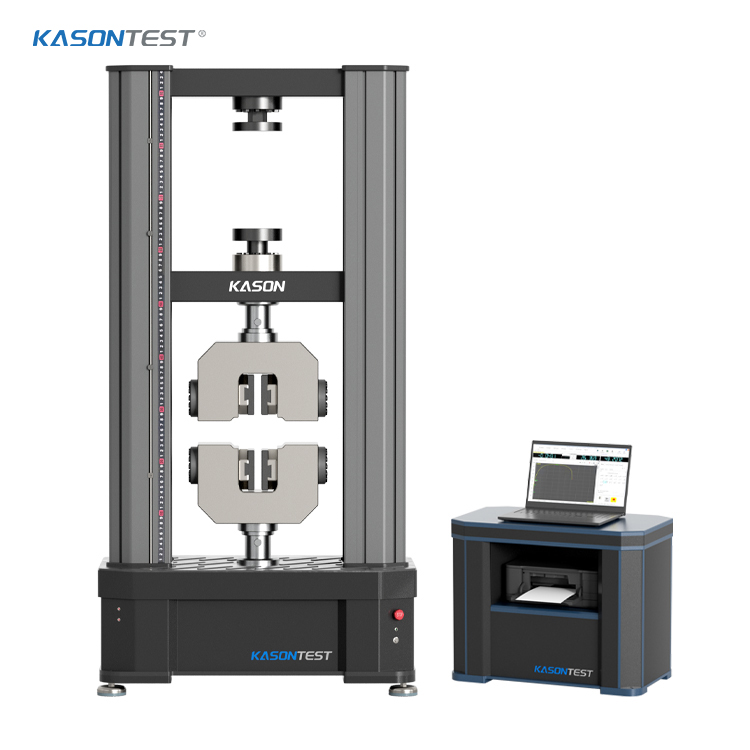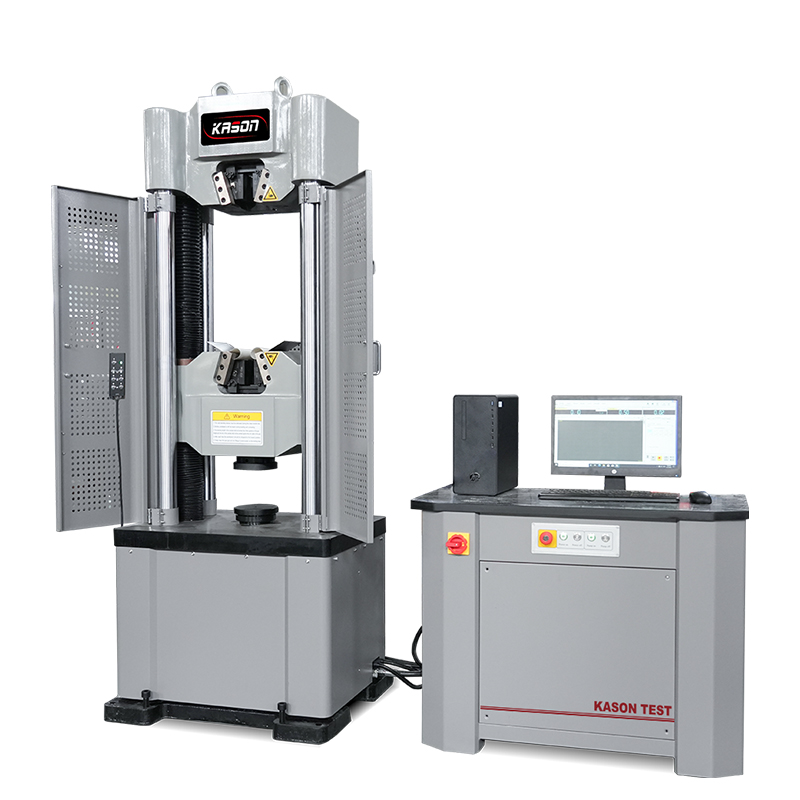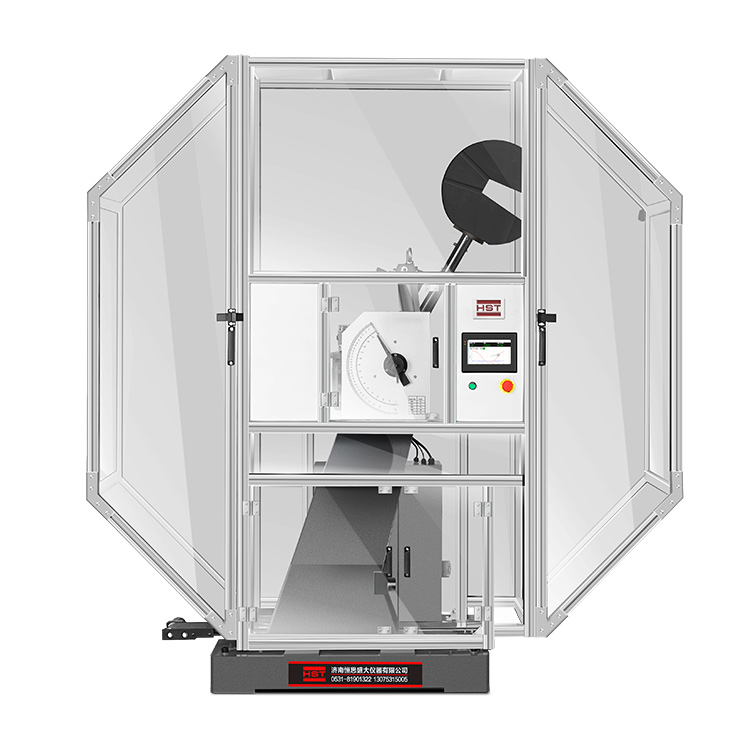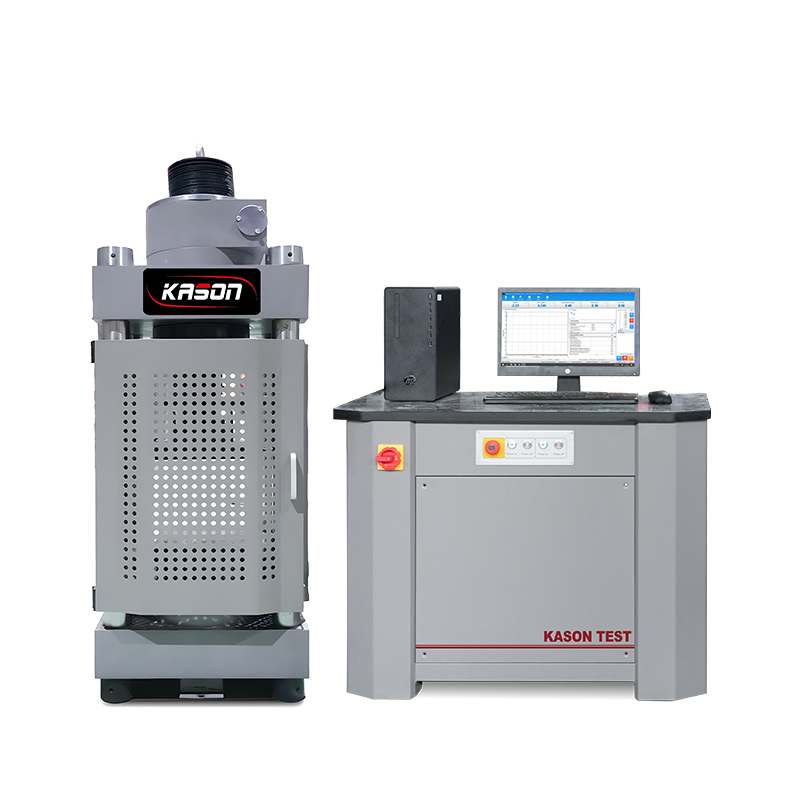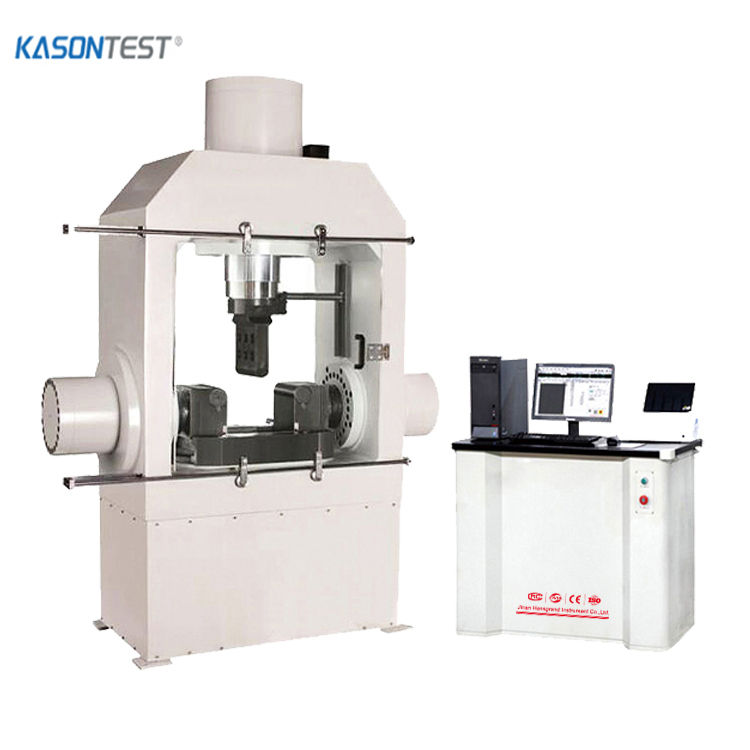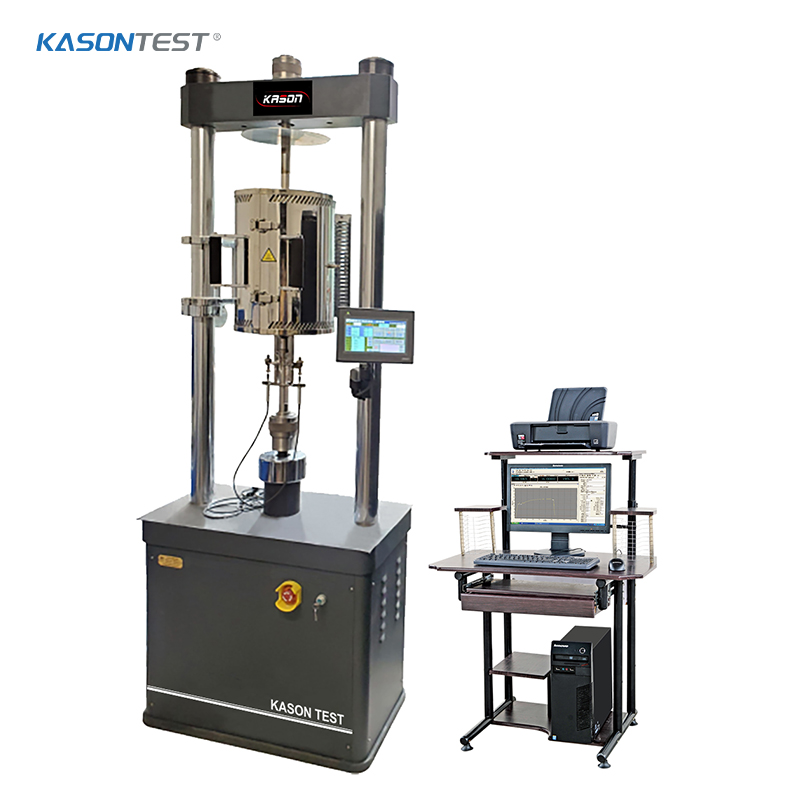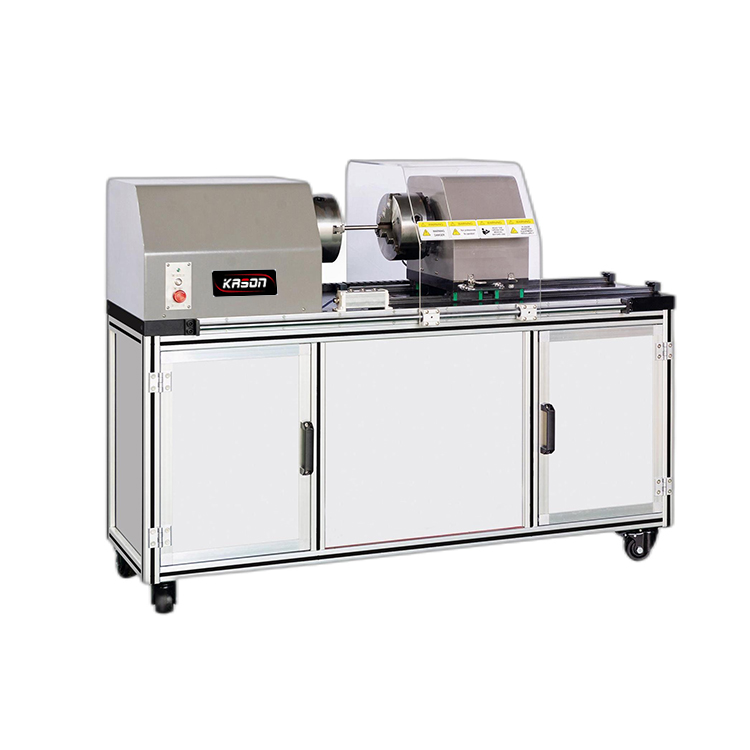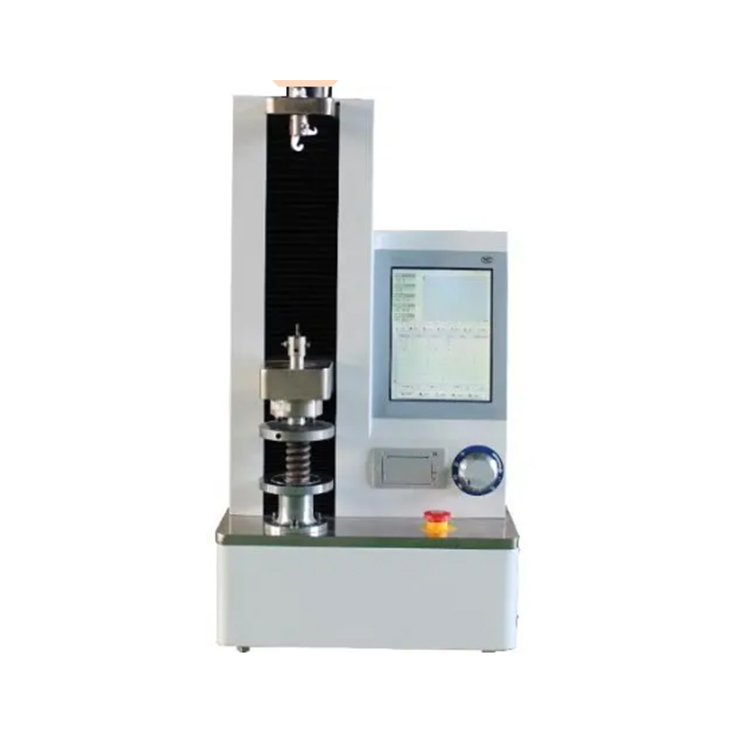Food and Packaging
The food and packaging industry represents a vital sector that connects food production to consumer safety, preservation, and accessibility. This industry encompasses the development, manufacturing, and distribution of packaging solutions specifically designed to protect food products throughout their supply chain journey, from production facilities to retail shelves and ultimately to consumers.At its core, food packaging serves three primary functions: preservation, protection, and communication. Preservation technologies extend shelf life by creating barriers against oxygen, moisture, and microorganisms, reducing food waste and maintaining nutritional quality. Protection ensures products remain intact during transportation and handling, while informative packaging communicates ingredients, nutritional values, and safety instructions to consumers.
The global food packaging market has experienced steady growth, driven by urbanization, changing consumer lifestyles, and the expansion of e-commerce grocery services. Valued at over $300 billion annually, this market includes diverse materials such as plastics, paper and cardboard, glass, and metals. Each material offers unique advantages: plastics provide lightweight durability and cost-effectiveness, paper-based solutions offer sustainability benefits, glass ensures non-reactive preservation, and metals excel in long-term shelf stability for canned goods.
Innovative packaging technologies are transforming the industry, with active and intelligent packaging leading the way. Active packaging incorporates elements like oxygen absorbers or antimicrobial agents to actively extend shelf life, while intelligent packaging uses sensors or indicators to monitor freshness, temperature changes, or tampering, providing real-time information to both retailers and consumers.
Sustainability has become a central focus, driving significant shifts in material choices and design practices. The industry is increasingly adopting recyclable, biodegradable, and compostable materials to address environmental concerns, particularly regarding plastic waste. Many companies are also implementing circular economy principles through improved recycling infrastructure, material recovery systems, and package redesign to minimize material usage.
Key challenges facing the industry include balancing functionality with sustainability, meeting stringent food safety regulations, and adapting to evolving consumer preferences for eco-friendly packaging. Technological advancements in material science, such as plant-based bioplastics and edible films, are addressing these challenges while maintaining packaging performance.
By bridging food production and consumption, the food and packaging industry plays a critical role in ensuring global food security, reducing waste, and meeting consumer demands for safe, convenient, and sustainable food products. Its continuous innovation drives progress toward a more efficient and environmentally responsible food system.

